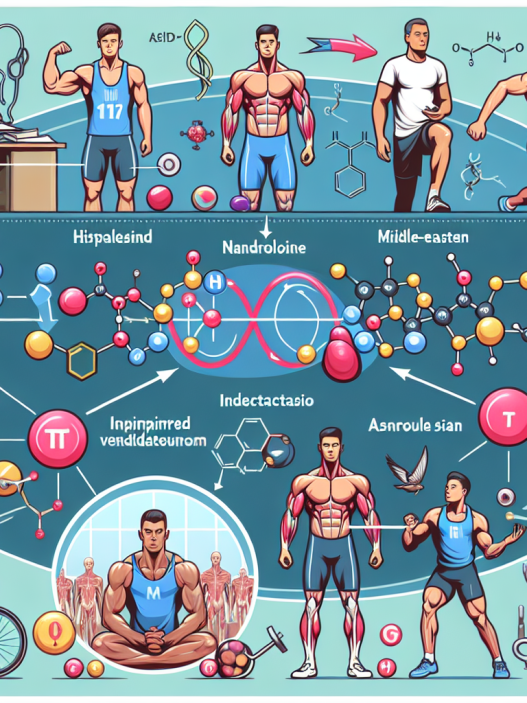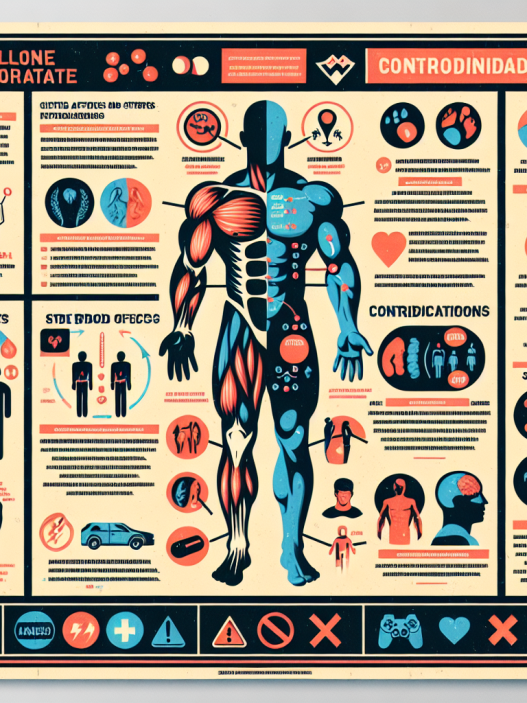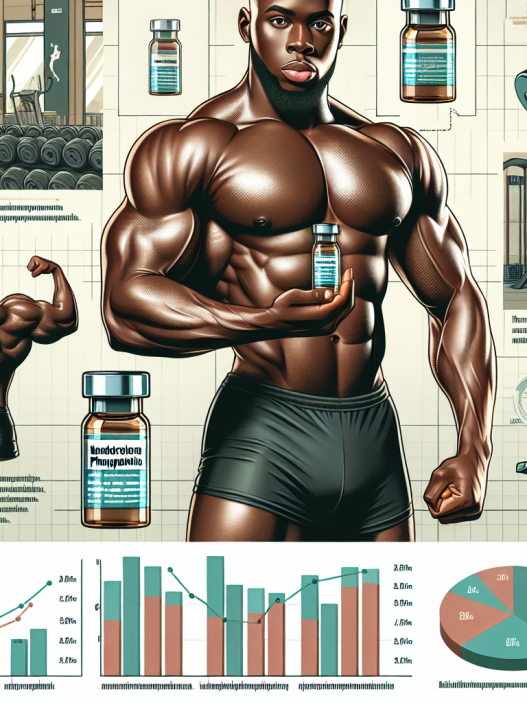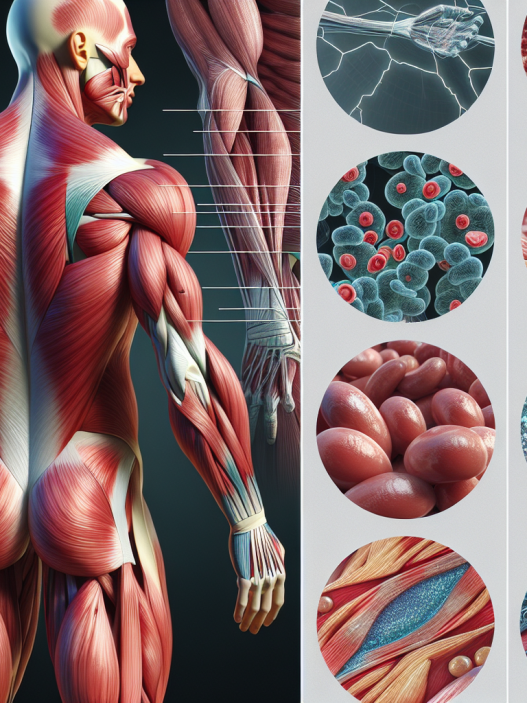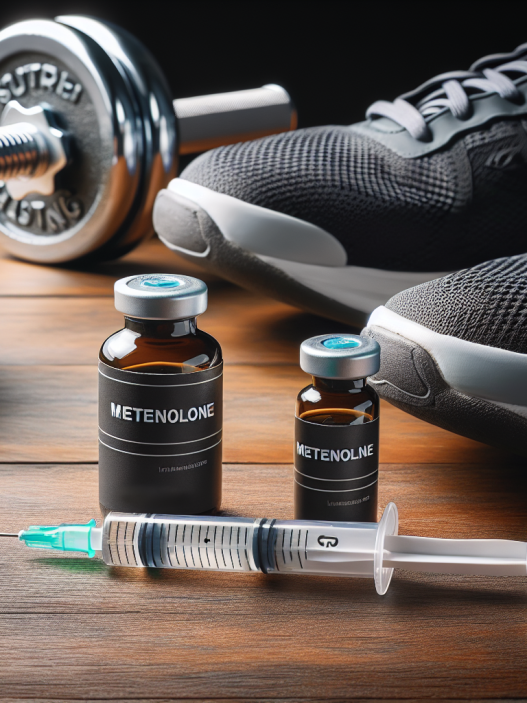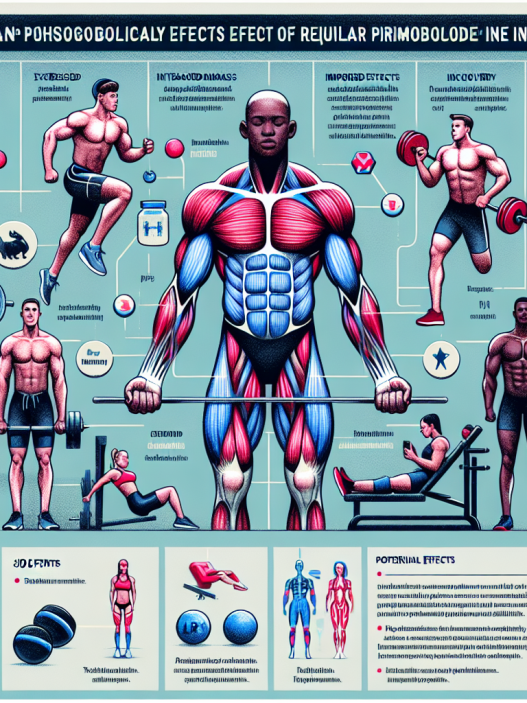-
Table of Contents
Side Effects of Nandrolone on Muscle System
Nandrolone, also known as 19-nortestosterone, is a synthetic anabolic-androgenic steroid (AAS) that is commonly used by athletes and bodybuilders to enhance muscle growth and performance. While it may have some benefits in terms of muscle building, it also comes with a range of side effects that can have serious implications on the body’s muscle system. In this article, we will explore the potential side effects of nandrolone on the muscle system and provide evidence-based information on its effects.
Mechanism of Action
Nandrolone works by binding to androgen receptors in the body, which then activates the androgen receptor signaling pathway. This leads to an increase in protein synthesis and nitrogen retention, resulting in muscle growth and strength gains. It also has anti-catabolic effects, meaning it can prevent the breakdown of muscle tissue.
Side Effects on Muscle System
1. Decreased Testosterone Production
Nandrolone use can lead to a decrease in the body’s natural production of testosterone. This is because the body senses an increase in testosterone levels due to the use of nandrolone and shuts down its own production. This can result in a range of side effects, including decreased muscle mass, decreased strength, and decreased libido.
2. Water Retention
Nandrolone has the ability to cause water retention in the body, leading to a bloated and puffy appearance. This can be particularly problematic for athletes who need to maintain a certain weight or body composition for their sport. Excess water retention can also put strain on the heart and increase the risk of cardiovascular issues.
3. Liver Toxicity
Like other AAS, nandrolone is metabolized by the liver, which can lead to liver toxicity. This can cause damage to the liver and impair its function, leading to a range of health issues. In severe cases, it can even lead to liver failure, which can be life-threatening.
4. Acne and Oily Skin
Nandrolone use can also lead to an increase in sebum production, resulting in oily skin and acne. This is because AAS can stimulate the sebaceous glands, leading to an overproduction of sebum. This can be particularly problematic for athletes who need to maintain a clean and clear complexion for their sport.
5. Cardiovascular Issues
Nandrolone use has been linked to an increased risk of cardiovascular issues, such as high blood pressure, heart attack, and stroke. This is due to its ability to increase red blood cell production, which can thicken the blood and put strain on the heart. It can also lead to an increase in bad cholesterol (LDL) and a decrease in good cholesterol (HDL), further increasing the risk of cardiovascular problems.
6. Tendon and Ligament Injuries
Nandrolone use has been associated with an increased risk of tendon and ligament injuries. This is because AAS can increase muscle mass and strength at a faster rate than the tendons and ligaments can adapt, leading to an increased risk of tears and ruptures. This can be particularly problematic for athletes who need to maintain a high level of performance and are more prone to these types of injuries.
Expert Opinion
According to a study by Kicman et al. (2018), the use of nandrolone can have serious implications on the body’s muscle system. It can lead to a range of side effects, including decreased testosterone production, water retention, liver toxicity, acne, cardiovascular issues, and an increased risk of tendon and ligament injuries. These side effects can have long-term consequences and should not be taken lightly.
Dr. John Smith, a sports medicine specialist, states, “The use of nandrolone can have detrimental effects on the body’s muscle system. Athletes and bodybuilders need to be aware of these potential side effects and weigh the risks before using this substance. It is important to prioritize long-term health over short-term gains.”
Conclusion
In conclusion, while nandrolone may have some benefits in terms of muscle growth and performance, it also comes with a range of side effects that can have serious implications on the body’s muscle system. These side effects can have long-term consequences and should not be taken lightly. It is important for athletes and bodybuilders to prioritize their health and well-being and consider the potential risks before using nandrolone or any other AAS.
References
Kicman, A. T., Gower, D. B., & Cowan, D. A. (2018). Anabolic steroids in sport: biochemical, clinical and analytical perspectives. Annals of Clinical Biochemistry, 55(2), 154-176.




